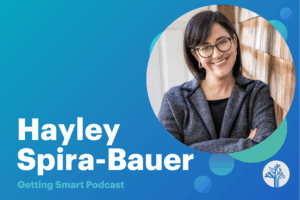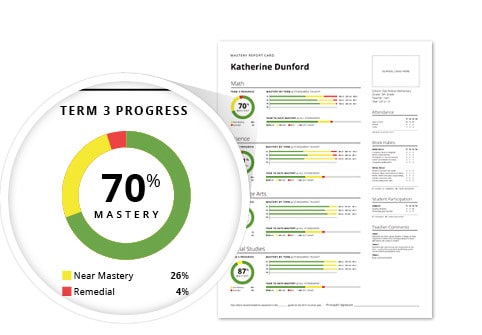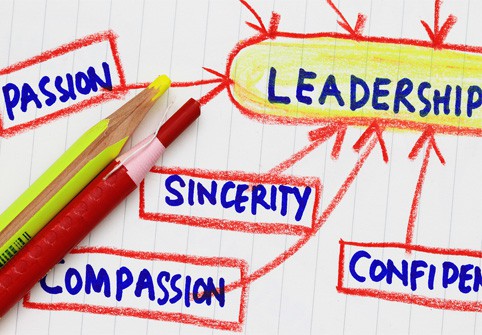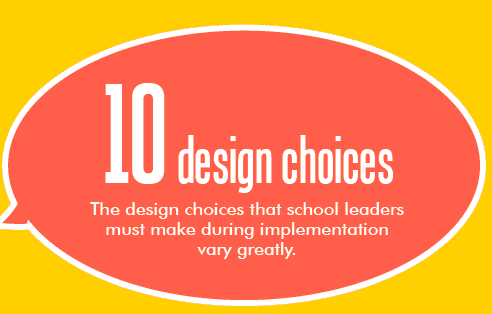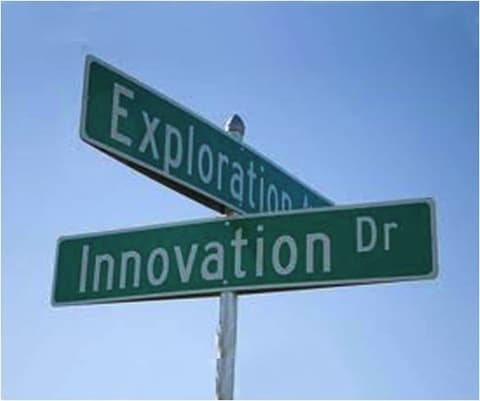Competency-Based Education
“Keep Your 3, I Want My A”: What’s Up With Standards-Based Grading?
Traditional grading systems are inconsistent, subjective, more about effort than outcomes, and not closely linked to the big goal of college and career readiness. Standards-based grading is an effort to provide more accurate feedback on what students know and can do; it allows students to progress based on demonstrated mastery.
Disrupting the Space-Time Continuum: Competency-based Learning Explained
Competency-based learning allows students to circumvent the accumulation of excessive and often-wasted credits simply for the sake of fulfilling (what many believe to be) an arbitrarily defined term of study along the aforementioned continuum.
Shifting Superintendents Stuck in Compliance World
Kirtman's book, Leadership and Teams: The Missing Piece of the Educational Reform Puzzle , published this year by Pearson, reflects two years of research into workplace personalities. It outlines 7 leadership competencies that Michael Fullan and Robert Marzano both endorse.
10 Design Choices of Competency-Based Schools
The shift from time to learning changes everything. Most obviously it changes how students move through an education system and earn credentials. But it also changes how learning opportunities are structured and supported by educators.
4 Essential Attributes of Personalized Learning
The architectural shift competency-based environments where students progress based on demonstrated mastery isn’t really the goal, it’s just a better way to personalize learning.
Takeaways and New Questions from EAA School Visits
I encourage you to take the time to put a team together or even a cross-district or cross-state team to go visit Nolan Elementary, Phoenix Multicultural, Brenda Scott Academy for Theatre Arts, and Southeastern Technical High School sooner than later. Michigan and Detroit have a lot of volatile political dynamics (i.e things change), and I’d hate for people to miss the chance to see what can happen when you integrate personalized, mastery-based, and blended into a “student-centered” model of learning.
Networks, Platforms, & Procurement
Schools in a network share a common mission, pedagogical approach, measurement system, structure, schedule and staffing strategy. Networks are usually horizontal (i.e., same school model and support system), but the concept could be applied to a vertical feeder pattern (e.g.,ReynoldsburgeSTEM) or a small district (e.g.,Mooresville)
10 Burning Questions About Innovations in Learning
In preparation for the 2014 ASU GSV Education Innovation Summit, Mike Moe and Deborah Quazzo invited a group of advisors to contemplate the burning questions about innovations in learning. We discussed 10 big questions.
Framing the Learning in the Blended Learning Environment
In a high quality competency based learning model, competencies are designed on conceptual understandings within and between a content areas. These ‘big ideas’ provide the deep, rich, conceptual connections across disciplines that invite strategic and extended thinking.
Preparing School Leaders
It's exciting and encouraging to see some of the folks training high performing leaders thinking about blended personalized learning for leaders--not just students. It suggests the potential for more efficient and effective replacements for the system of courses, credits, and credentials. However, enacting these ten attributes at scale would require new state policies governing licensure.


